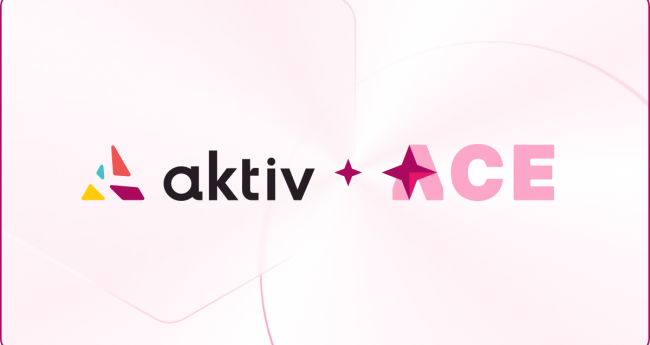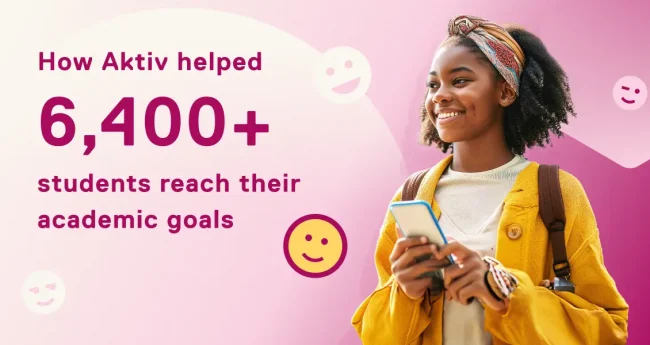It is a well-known issue that STEM has struggled for decades with intersectional diversity. In recent years, the underlying root causes of STEM’s inclusivity issues have been more deeply investigated, in an effort to help institutions and instructors work to overcome this challenge. Despite increased career opportunities in chemistry, only ~40% of students who begin a STEM degree ultimately complete their undergraduate education in that field. This attrition robs fields like chemistry of diversity of thought and talent, reducing the possibility of innovation and creativity.
To overcome this systemic problem, we must understand the ways in which students get left behind when studying complex STEM topics like chemistry. With the appropriate changes to teaching pedagogies, a diverse body of students can succeed in chemistry and beyond.
Why students abandon chemistry (and STEM)
As we prepare our chemistry classrooms to be more inclusive, we must first recognize what causes students to abandon chemistry, and STEM at large. Students arrive at college with varying levels of chemistry skills, knowledge, and preparation. This is compounded by a variety of factors, including uninspiring lecture classes, outdated prerequisites, and “weed-out” courses that prevent students from advancing in scientific fields of study.
Traditional lecture-based teaching methods fail to address students’ learning needs and drive away “high-performing” students who prefer a more engaging learning experience. The solution? Teaching methods that promote active learning. Research shows that this approach improves student retention in chemistry across underrepresented groups more than any other change to the college experience.
Clicker technology that supports in-class activities such as student polls and multiple-choice questions began to improve the passive lecture format of teaching as early as the 1990s. However, recent research has shown this technology’s limitation to fact-based, multiple choice questions negatively impacts students’ abilities to develop deeper and more complex conceptual understanding. For chemistry concepts, clickers are especially misaligned. In addition, this technology is outdated and problematic, more known for the burdens it places on students and teachers now than for the initial potential to transform lecture courses to active learning experiences.
New tools are needed for instructors to break free from this cycle and improve the student experience and outcomes.
Active learning methods for teaching chemistry inclusively
The most important way to adjust your chemistry teaching to be more inclusive is to employ student-centered, inquiry-based, active learning strategies. Instructors should focus on creating context for abstract concepts. At the most basic level, learning activities should be investigative and scaffolded. Direct engagement can provide students with far greater opportunities to examine topics more deeply and in a more exploratory manner.
The challenge with teaching chemistry is making the leap between the representational (abstract), the molecular, and the macro (tangible). Those with high levels of experience and mastery can balance the shifts between all three, but traversing those representations can overwhelm and confuse beginners. The tools and strategies we use to teach need to bridge these in a relevant and graspable way.
Tools and materials in the classroom that are designed to fit seamlessly into this approach are key. Education technologies (edtech) need to be accessible and familiar to students (for example, run as an app on their mobile device). These tools should provide contextual support and help students explore complex concepts through a scaffolded approach that builds the bridge from macro to micro to abstract.
Peer-led learning has been demonstrated to help minority students overcome learning barriers, especially in STEM courses like chemistry. To facilitate this, it is necessary to overcome the limitations that traditional classroom setups create. Integrating effective edtech tools into an active learning environment can provide opportunities for students to collaborate and demonstrate their knowledge, while also providing instructors with critical immediate feedback that identifies knowledge gaps or areas of concern. Interactive exploration helps students work together to master abstract chemistry concepts.
We can never control how students arrive at our classrooms, but we can absolutely help keep them on their STEM paths instead of being yet another falling off point. By implementing active learning strategies, strategically paired with edtech that is accessible and effective, chemistry teaching can become more inclusive for all students.
To learn how a chemistry instructor at Shasta College made his teaching more inclusive using active learning and edtech, read our success story.





